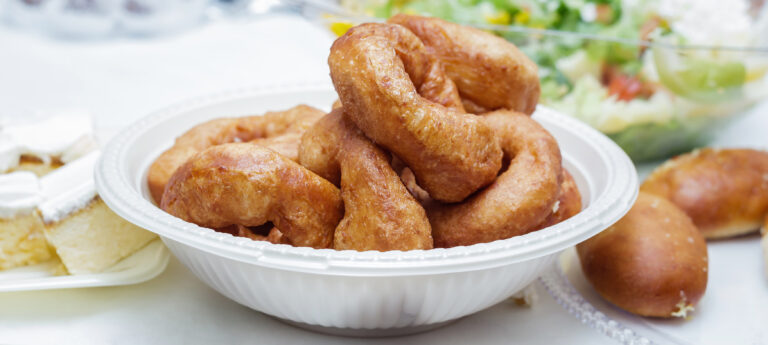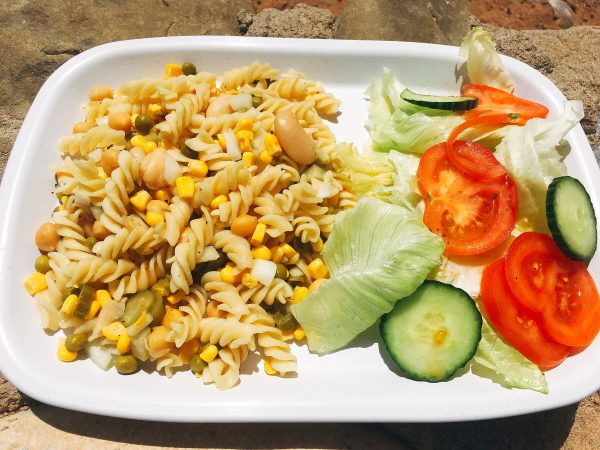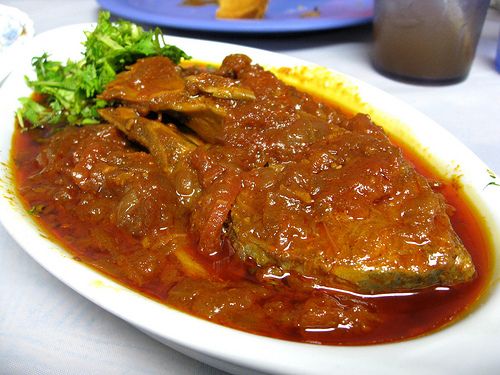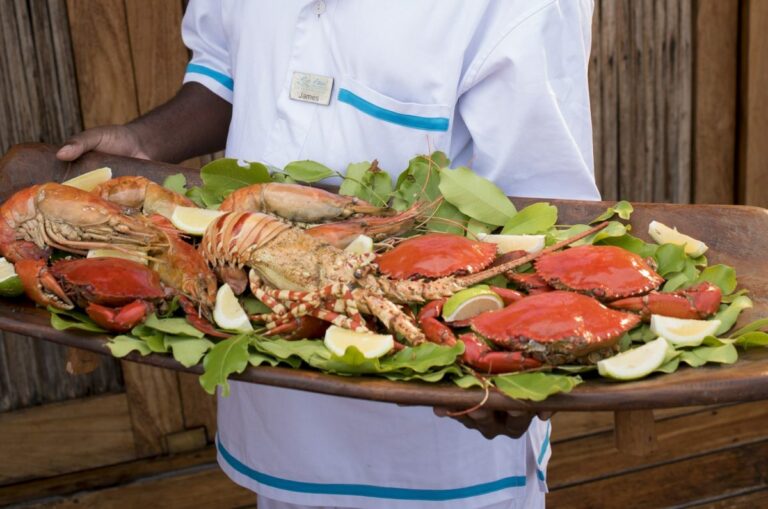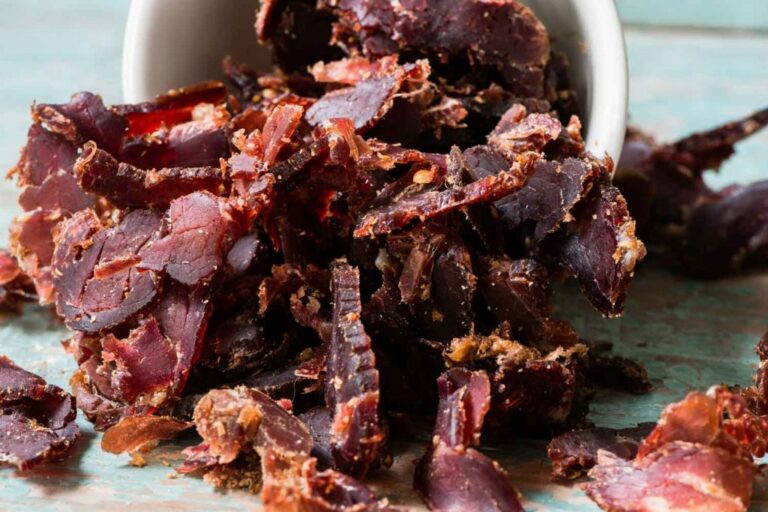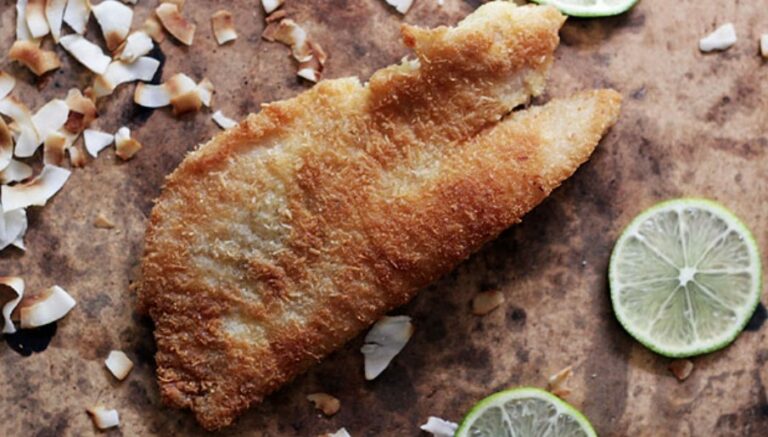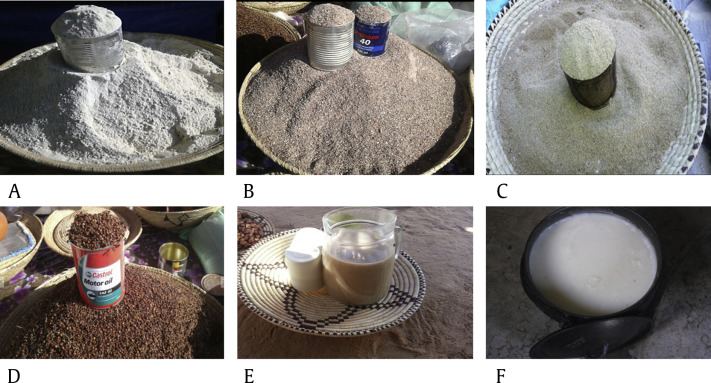Introduction to Myanmar Cuisine
Myanmar cuisine is a diverse and flavorful combination of influences from neighboring countries like China, India, and Thailand, as well as its own unique ingredients and cooking techniques. Rice is the staple food, and meals typically include a variety of savory and spicy curries, stir-fries, salads, and soups. Myanmar cuisine is known for its use of fresh herbs and spices, as well as its emphasis on balance and harmony of flavors.
The Use of Local Ingredients
Myanmar cuisine relies heavily on locally sourced ingredients, including seafood, vegetables, fruits, and herbs. Some of the most commonly used ingredients in Myanmar dishes include garlic, ginger, lemongrass, coriander, turmeric, and chili peppers. Other popular ingredients include fish sauce, shrimp paste, and tamarind juice. Many of these ingredients are used to add depth and complexity to dishes, as well as to balance out the heat and spiciness of certain dishes.
Unique Flavors of Myanmar Cuisine
One of the defining characteristics of Myanmar cuisine is its unique blend of flavors, which combines spicy, sour, sweet, and salty tastes. Many dishes are also infused with umami flavors from fermented ingredients like shrimp paste and fish sauce. Some of the most popular Myanmar dishes include mohinga, a fish and noodle soup, and lahpet thohk, a tea leaf salad made with pickled tea leaves, peanuts, and sesame seeds.
Uncommon Ingredients in Myanmar
Myanmar cuisine also includes some ingredients that may be less well-known outside of the country. For instance, padauk wood powder is sometimes used as a coloring agent in dishes like curries and stews. Ngapi, a type of fermented fish paste, is often used to add depth and umami flavors to dishes. And in some regions, insects like crickets and grasshoppers are considered a delicacy and are served fried or roasted.
Surprising Ingredients in Traditional Dishes
Some traditional Myanmar dishes contain surprising ingredients that may be unexpected to those not familiar with the cuisine. For example, in the popular dish called lephet thohk, or tea leaf salad, pickled tea leaves are mixed with a variety of other ingredients like fried garlic, peanuts, and sesame seeds. Another dish, called htamin gyin or “hot pot rice,” combines rice with a variety of meats and vegetables, as well as a special ingredient called ngapi kyaw, which is fried fish paste.
Myanmar Cuisine’s Influence on Global Food Scene
Myanmar cuisine’s unique flavors and ingredients are increasingly gaining recognition on the global food scene. Many chefs and food enthusiasts are drawn to its complex flavors and emphasis on fresh, local ingredients. Some popular Myanmar-inspired dishes include mohinga bowls and tea leaf salads. As more people discover the diverse and flavorful cuisine of Myanmar, it is likely to continue influencing and inspiring food trends around the world.


